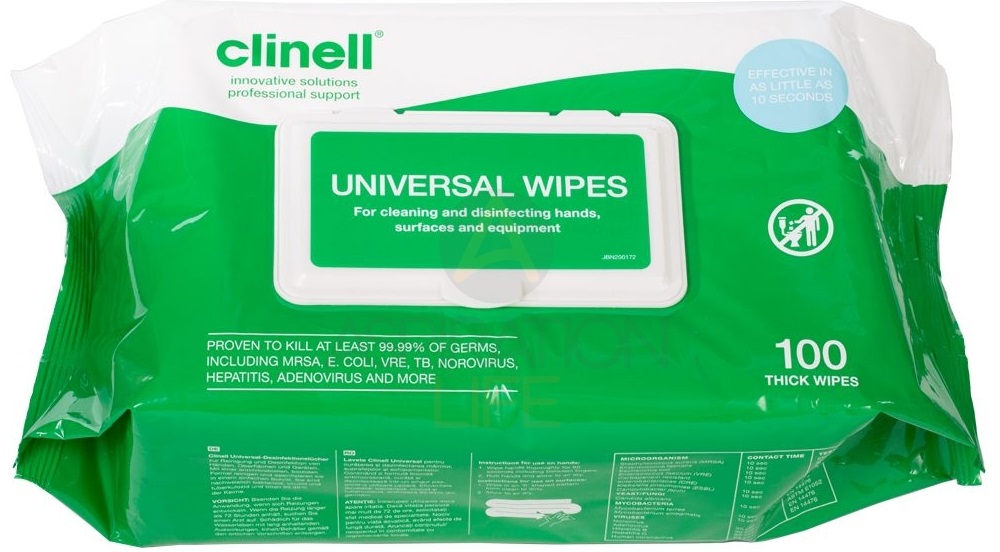What Fire Door Signage Do I Need?
One of the most common overlooked workplace signage around buildings are fire door signs, not fire exit door signs but rather signs which belong on fire doors both on escape routes and the fire exits which are more commonly known as final fire exits. It is vital for building owners and employers to ensure people under their control whether employed or visiting are kept safe at all times whilst on your premises, just as employers are required by law to display the health & safety law posters they must also conduct a fire risk assessment of any building under their control to safeguard the occupants from fire whilst on the premises. The finding of your fire risk assessment will determine what (if any) specific actions must be carried out, it may require you to implement extra safeguarding measures













